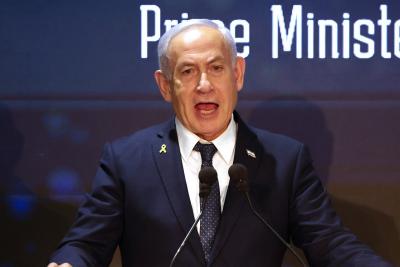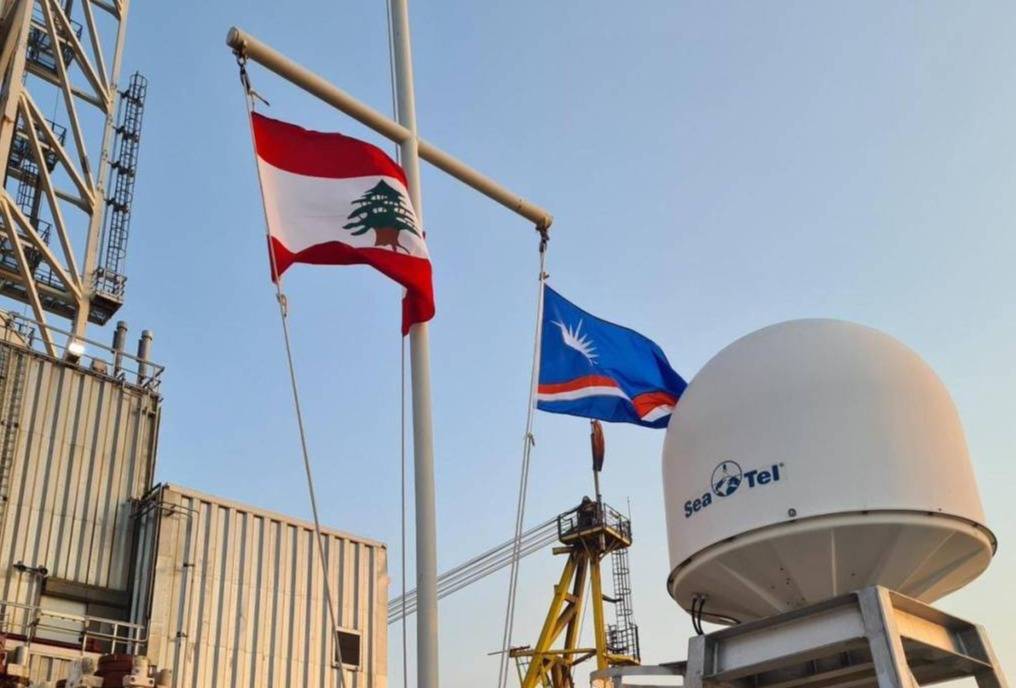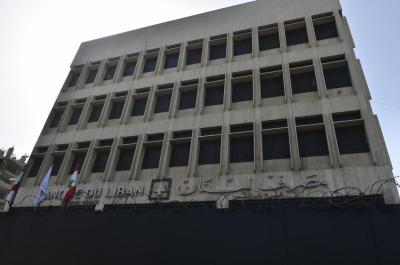The available information regarding Lebanon’s oil and gas wealth, as well as that of its exclusive economic zone, is primarily based on technical data published in 2010 by the United States Geological Survey (USGS) and additional reports from companies such as Petroleum Geo-Services.
According to USGS estimates, gas represents the predominant resource in the eastern Mediterranean basin, while oil accounts for no more than 1–2% of total reserves. The agency outlined the gas reserves for each country as follows: Israel—940 billion cubic meters (with potential to reach 1,500 billion), the offshore area near Gaza—28 billion, Cyprus (both Turkish and Greek territories)—141 billion (potentially up to 1,698 billion), Syria—240 billion (with an undetermined upper limit), and Lebanon—up to 990 billion cubic meters.
The geopolitical and geo-economic shifts that have swept the world since the outbreak of the Russia-Ukraine war in February 2022—combined with the European Union’s move away from Russian gas and sanctions on Iran and Venezuela—have significantly heightened international interest in the Middle East. Talks of supplying Qatari gas to European markets face serious logistical and security challenges, particularly the construction of a land pipeline through Iraq and Syria, which remains highly uncertain.
Could Lebanon Emerge as a Key Regional Player?
Countries that enter the club of oil and gas producers gain substantial geopolitical and geo-economic influence but are also subject to international constraints. The strategic decisions of these nations are often dictated by external pressures, as proved by the sanctions imposed on Iran and Venezuela.
In this context, the figures published by USGS suggest an international decision to allocate these resources among the eastern Mediterranean states. There also appears to be a pre-determined framework regarding where these resources will be sold and how each Middle Eastern nation should manage its revenues. The international, particularly American, push for delineating maritime and land borders between countries in the region aligns with this broader strategy of resource distribution.
A report by Petroleum Geo-Services asserts that the geological consistency of the eastern Mediterranean basin suggests a high presence of hydrocarbons in Lebanese waters. Scientifically, this supports the argument that Lebanon might be more resource-rich in oil and gas compared to its neighboring countries.
To estimate Lebanon’s potential financial share, several assumptions were made:
• The technically extractable quantity is estimated at 30% of total reserves.
• The price per barrel of oil is set at $75.
• The ICE gas contract price is $8 per million BTU.
• Infrastructure costs are estimated at 30%.
• Oil and gas companies take a 30% share.
Based on these assumptions, a stochastic simulation was conducted to predict oil price fluctuations in the coming years.
Projected Revenues in the Hundreds of Billions
The results indicate that:
• Lebanon’s net share of oil and gas revenues, after deducting costs and company shares, would amount to $300 billion with a 95% probability. In statistical terms, any event with a probability exceeding 50% is considered nearly certain.
• The value of this share could exceed $1 trillion with a 5% probability.
These estimates suggest that Lebanon's net revenue from its oil and gas resources, under current conditions, would surpass $300 billion. However, these funds would be extracted gradually, with daily output depending on companies’ production capacity and export capabilities.
Despite these projections, claims circulating on social media about Lebanon’s “vast” oil and gas wealth lack concrete scientific backing. Nonetheless, if these assertions were proven accurate, they would call into question the credibility of global geological surveys.
Why Is There a Significant International, Especially American, Interest in Lebanon?
The growing international focus on Lebanon is rooted in the broader U.S. economic strategy for the Middle East. This strategy is built on several key pillars:
1. Energy Security
The Middle East has historically played a crucial role in ensuring stable global oil and gas supplies. The U.S. maintains strategic energy partnerships with Saudi Arabia, the United Arab Emirates, and Qatar, which are essential to global market stability.
2. Trade and Investment Expansion
Washington seeks to diversify Middle Eastern economies beyond oil dependency by promoting growth in technology, education, and healthcare sectors. Free trade agreements—such as those with Jordan and Morocco—serve as frameworks for economic cooperation. Additionally, U.S. policy encourages foreign direct investments from Gulf sovereign wealth funds into the American economy.
3. Regional Integration
The U.S. advocates for greater regional infrastructure cooperation, particularly in water and energy networks, including with Israel. This is reflected in its support for the Abraham Accords, which normalized ties between Israel and several Arab states, presenting an opportunity to foster broader regional economic collaboration.
4. Countering Chinese, Russian, and Iranian Influence
Washington employs a mix of economic incentives and pressures to dissuade Middle Eastern nations from aligning too closely with Beijing and Moscow. This strategy aims to curb participation in China’s Belt and Road Initiative and to reinforce reliance on U.S. financial and technological systems.
To achieve these objectives, the U.S. supports economic reforms and technological innovation in Middle Eastern countries. Sanctions and economic leverage remain key tools in influencing regional decision-making, as seen in the cases of Iran, Syria, Yemen, Iraq, and Lebanon.
Lebanon as a Strategic Logistics Hub
Within this framework, Lebanon holds a strategic position due to its geographic location and economic openness. It is increasingly viewed as a neutral actor, insulated from regional conflicts, and could serve as a logistical hub for executing the U.S. economic strategy in the Middle East.
Thus, the international focus on Lebanon extends far beyond its potential energy reserves—it is part of a broader geopolitical reconfiguration shaping the region’s economic future.
 French
French













